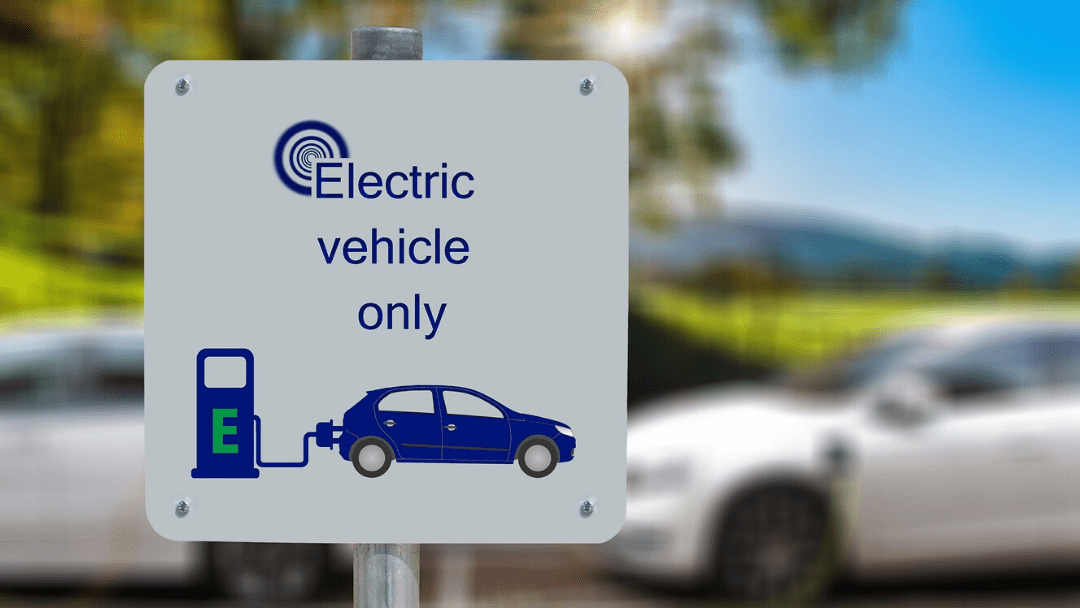According to Trucks.com, driving heavy vehicles is one of the most dangerous jobs in the world, accounting for over a quarter of all work-related deaths in 2015. From long hours and isolation to fatigue and poor judgment, there are so many factors at play when it comes to fleet safety; with the industry becoming more competitive, these dangers are likely to increase.
Investing in telematics technology can enable fleet managers to monitor driving behaviour, locate vehicles in real-time and help prevent problems before they start.
In this article, we’ll list the top five ways that telematics can connect your commercial fleet and help you make safer decisions for your vehicles, drivers and assets.
1. Address Driver Fatigue
Fatigue is a major risk for all drivers on the road. It’s common for drivers to work outside of their hours of service, either due to personal drive, a change in route or tight deadlines. Either way, fatigue means that a driver’s reaction time and judgment can be significantly impaired.
According to a prominent study by the FMCSA and NHTSA, driver fatigue was found to be a critical factor in at least 13% of accidents involving commercial vehicles. Research even shows that driving for 20 straight hours creates impairment equal to a blood alcohol content of 0.08% – the legal limit in most states.
Telematics systems are equipped with a range of features and functions designed to give fleet managers the data insights they need to monitor their drivers’ fatigue levels.
For example, electronic logging devices (ELD’s) make it easy for operators to properly record their hours, while real-time tracking can ensure that no one is on the road longer than they should be. In addition, ELD’s enable fleet managers to communicate directly with drivers, ensuring they’re safe and complying with regional safety guidelines while on the road.
2. Reduce Speeding
Truck drivers are often tasked with high expectations and short delivery windows; it’s not hard to see how this combination can result in speeding.
The World Health Organization identifies speeding as a contributing factor to about 30% of total road fatalities in high-income countries. The risk of death from collisions is raised even higher when large vehicles are involved, which weigh 20 to 30 times as much as a standard passenger car. Commercial vehicles represent a major risk to both drivers, their cargo, and other motorists.
A telematics platform gives fleet managers in-depth insight into their drivers’ habits and overall performance on the road. Metrics such as speed, acceleration and brake rates can all be recorded and reviewed, making it easy to identify and correct risky driving behaviours.
3. Manage Vehicle Safety
Large commercial vehicles can be a risk on the road, even when operated safely. Their size and weight make them difficult to maneuver, and their cargo can pose additional dangers if not properly secured, all of which can lead to accidents.
A recent NHTSA study found that 20% of traffic accidents can be attributed to poor or irregular vehicle maintenance.
By regularly inspecting and servicing fleet vehicles, managers and operators can ensure they’re in good working order and won’t pose any unnecessary risks.
Telematics can make the process of vehicle maintenance easier by automatically tracking and recording data related to a vehicle’s performance. These robust reports can then be used to identify any potential issues early on, and prevent unplanned downtime.
4. Improve Driver Communication
Effective communication is crucial for any business, but it’s especially important in the world of trucking, where drivers and fleet managers rarely get to connect in person. The isolated nature of the job means that it can be hard to relay important information or resolve issues that may come up.
Thankfully, many telematics solutions come equipped with two-way messaging systems that enable real-time communication between the two parties. This can be used to share information, answer questions or resolve any issues that may come up.
5. Create Safety Culture in the Workplace
Having access to accurate telematics data can help fleet managers and operators create a safe, responsible work culture, from the top down.
Upper management can leverage telematics data to reduce fleet costs, ensure compliance and streamline work processes.
Drivers can be made aware of their hours of service, while maintenance personnel can help them with regular vehicle maintenance.
Managers can oversee their fleet operations remotely, checking on their drivers periodically to ensure they’re alert, safe and on course.
While you can’t change the road, you can improve fleet safety. Telematics can help manage driver fatigue, reduce speeding and maintain vehicle safety, so you can help keep your drivers – and everyone else on the road – safe.
Contact your GoFleet consultant to see how telematics can improve fleet safety.


